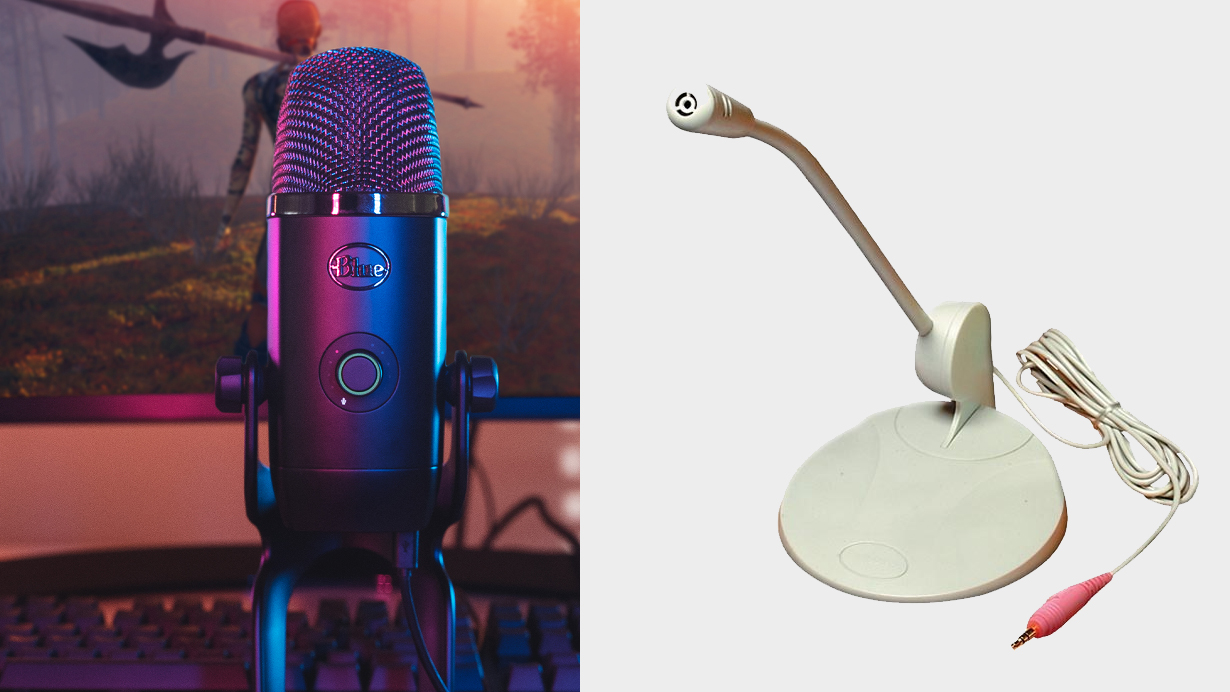PC gaming things that have gotten smaller, and that have gotten bigger
The size of things: it changes. But why? We investigate.
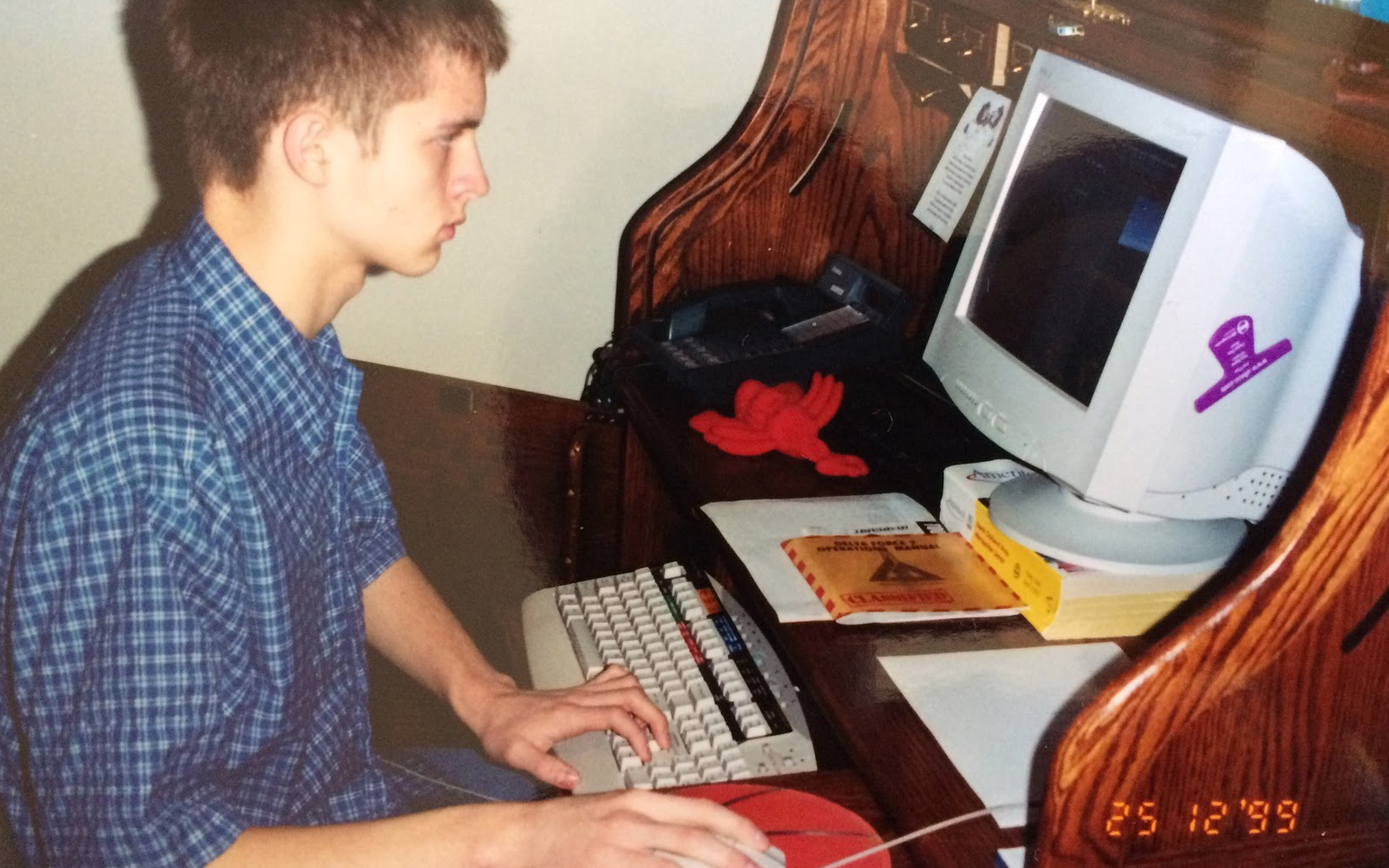
The other day, for reasons I will never recall, I started thinking about the sizes of PC gaming things, and realized that I couldn't make a simple statement about whether they were generally getting bigger or smaller. Computer tech gets smaller over time, a fact that's hard to argue with when you consider that early computers were housed in entire rooms. However, it's not the case that all computing-related things shrink over time. Sometimes we make things bigger because we have more heat to disperse or because they look cool, and while we don't need to install bulky liquid cooling systems and overclock our CPUs, we also don't need to set the battle size to 1,000 in Mount and Blade 2. Need doesn't come into it.
Naturally, I got the stupid idea of cataloguing some of the shrinkings and embiggenings our hobby has experienced over time. Below are my verdicts on which PC gaming things have gotten smaller, and which have gotten bigger. The time frame is loose: I'm looking back to the '90s and early 2000s compared to the present day.
Monitors: smaller (but with bigger screens)
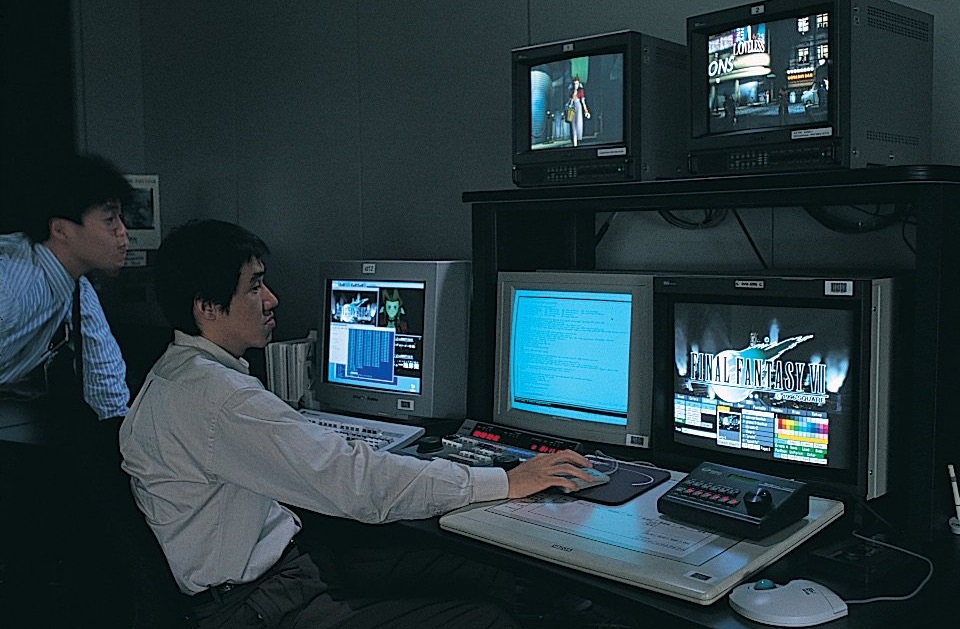
Screens have gotten bigger, but the enormous vacuum tubes of cathode-ray monitors have been replaced by liquid-crystal displays, shrinking overall monitor size and making them considerably lighter. I miss CRTs a little—you can't degauss a liquid-crystal display, and degaussing is very satisfying—but I'm glad to never have to carry one up a staircase again. I have no proof of this, but I genuinely think it's possible that the rate of minor back injuries decreased following CRT obsolescence. If not, we must've found other ways to pull muscles.
Mouse pads: much bigger
In the '90s, we used small mouse pads that either had IBM, Apple, Microsoft, or Dell logos on them (or the logo of a random local business, or a cartoon character, or a basketball, as in the photo at the top of this article). Some of them were textured hard plastic rather than a soft mat, and you could run your fingernail across them to make an annoying ziiip sound. They were one size, pretty much.
Obviously, little square mouse pads still exist, but I can't encourage their use when modern mouse placemats exist. As keyboard trays started to go out of fashion and FPS players began demanding more and more room to swipe, mouse pads have grown like a hungry fungus, devouring more and more desk space. In fact, you can even get full desk mouse pads, or desks that are surfaced with mouse pad material. (It has to get a bit grimy after a while, right?)
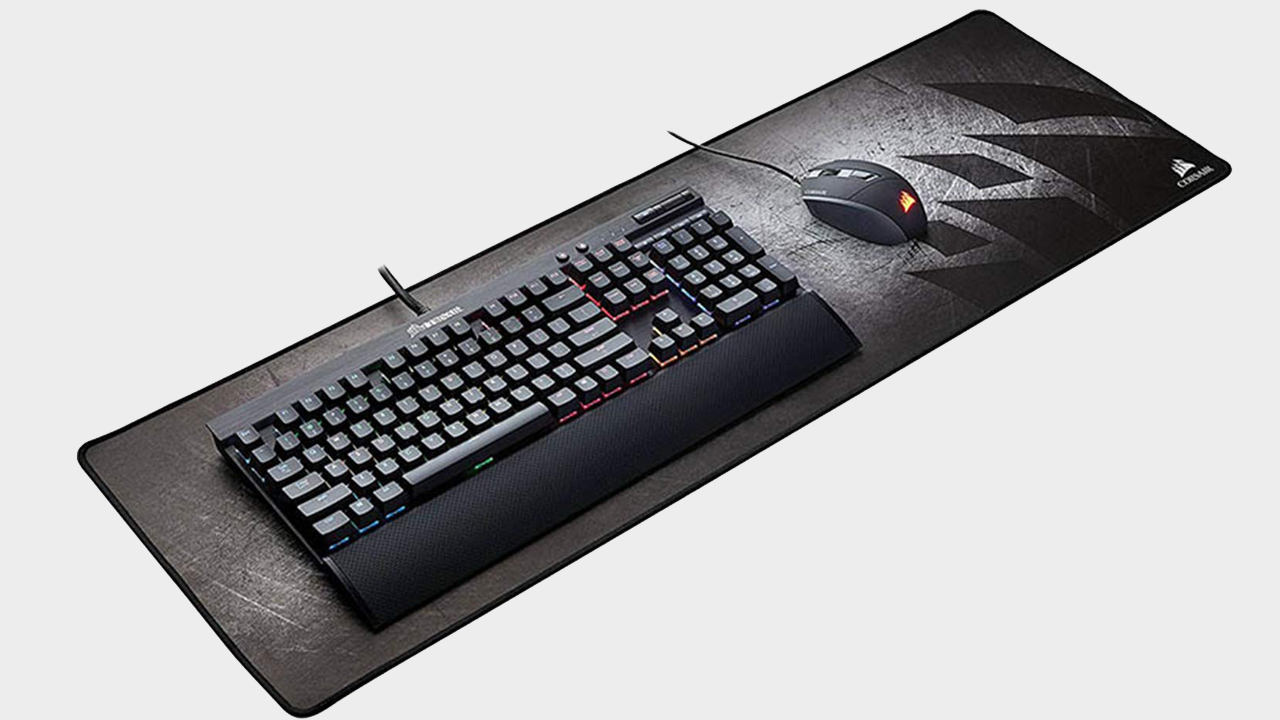
Keyboards: smaller, sometimes
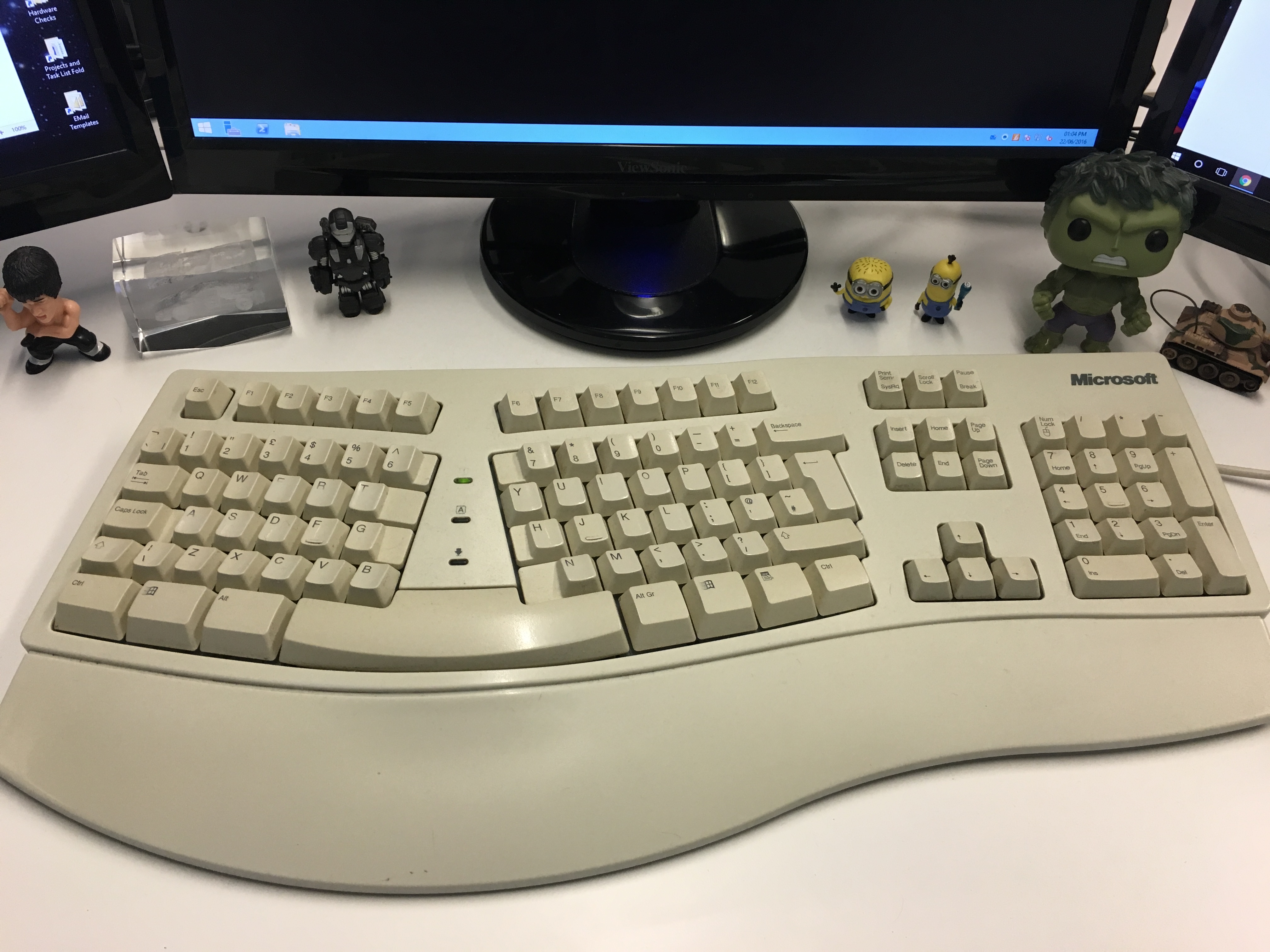
Keyboards have had a turbulent size history. Spring-loaded classics like the IBM Model M were pretty bulky, and Microsoft produced some big ergonomic fellas in the '90s. After that, though, there was a period where thinner dome and scissor switch keyboards were all the rage—think of Apple's Magic Keyboard, those silly aluminum wafers, and other low-profile wireless boards.
But more compact, squishier membrane-style switches didn't stop everyone from producing big keyboards. In the mid-2000s, Logitech started putting out expensive but cheap-looking mats of keys like the G-11 and the G-15, which had a stupid little screen on it.
Keep up to date with the most important stories and the best deals, as picked by the PC Gamer team.
More recently, the joy of mechanical switches was rediscovered, and Logitech and others started toning down their more extravagant designs to put the focus on build quality and RGB lighting. For example, compare the Logitech G15 from 2005 with 2016's G810 Orion Spectrum:
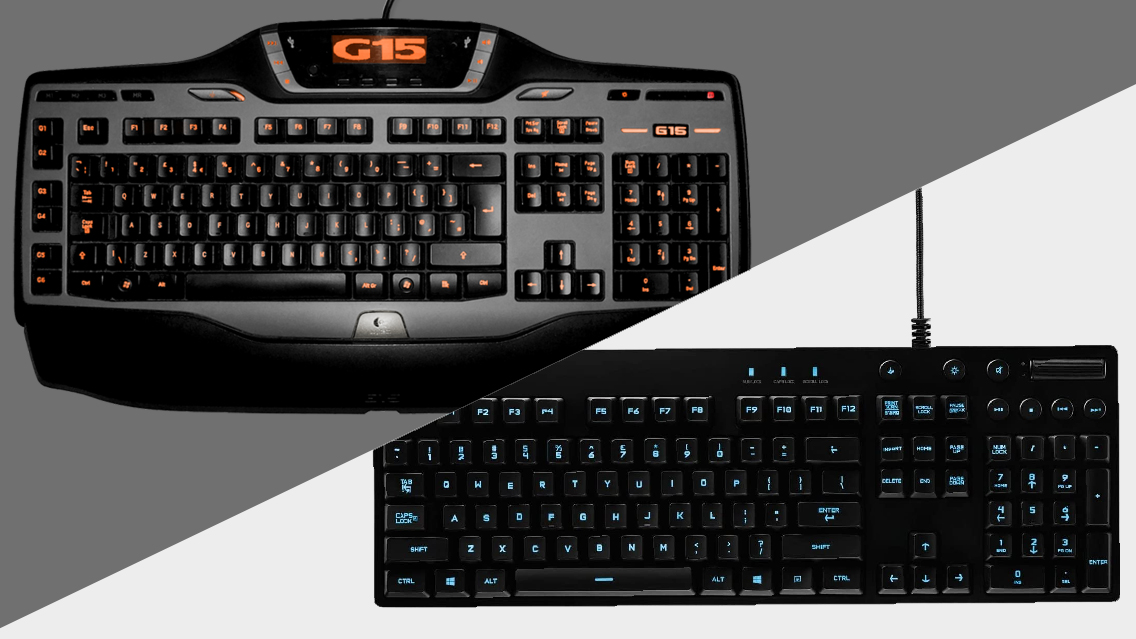
These days, it's become fashionable to keep the switches mechanical but go even smaller, doing away with the numpad for a "tenkeyless" design that creates more space for the mouse and its giant mouse pad. Overall, then, I'm going to say that keyboards have gotten smaller.
Geralt: big
It is me, Big Geralt https://t.co/jb1b0ZlwgY pic.twitter.com/PO2e8s0FvcJune 7, 2018
Graphics cards: bigger
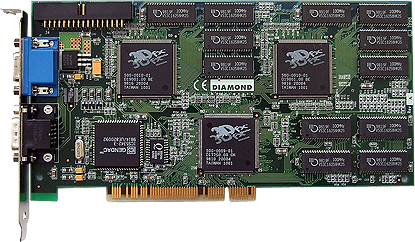
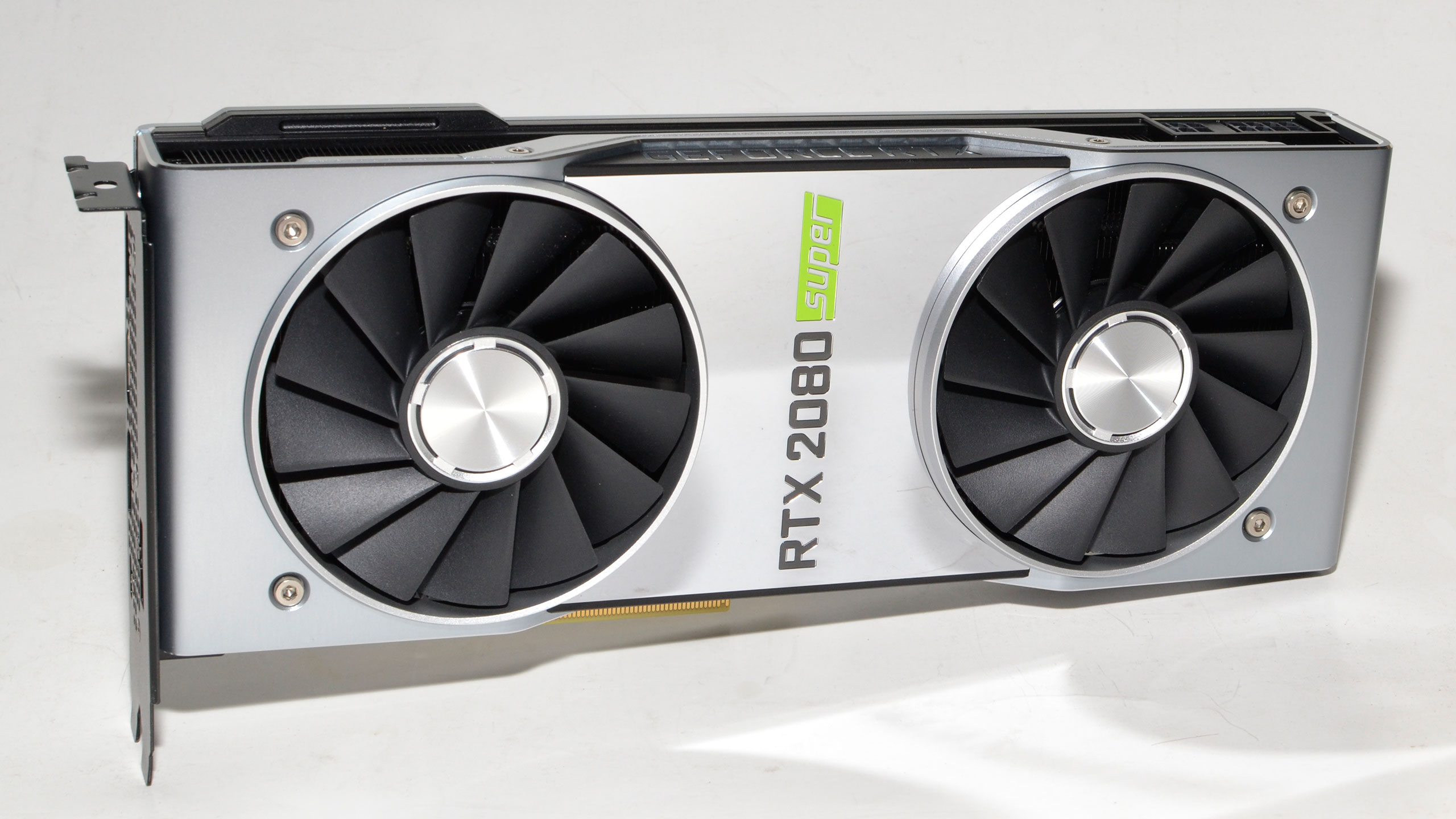
If we're considering relative rendering power, then graphics processing systems are far smaller than they used to be—an iPhone can outperform an old PC—but if we're just talking about the size of current high-end graphics cards vs the size of previously high-end cards, we have to say that they've gotten bigger. The 3D cards of the '90s, like the Voodoo 2 above, were quite a bit smaller than the GeForce RTX and Radeon RX cards of today, largely because they didn't need their own cooling systems.
Eventually, heatsinks were added, and then fans, and then bigger fans, and then dual and triple-fan setups, and today sometimes even liquid cooling is installed in custom builds.
Chairs: bigger
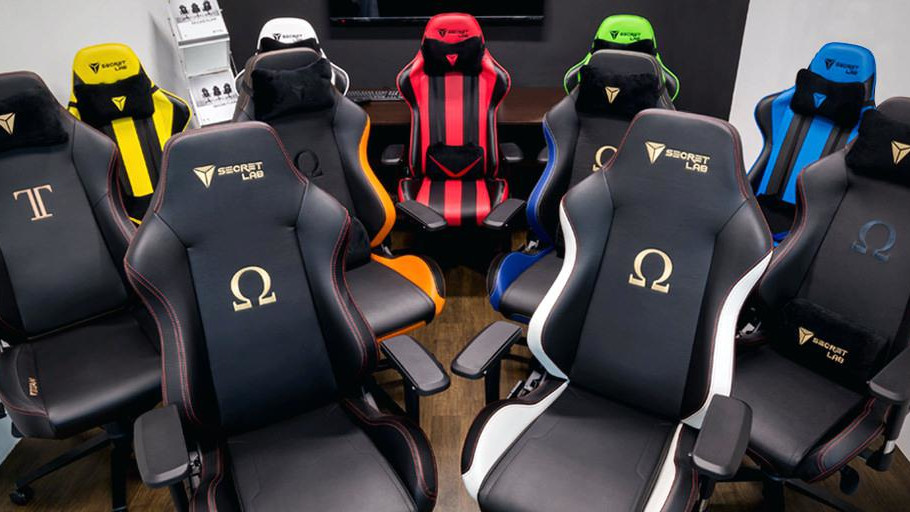
We just sat in regular office chairs back in the '90s, which can be fairly big, but not as big as racing chairs. We did not dream of sitting in racing chairs at the computer, because they were for cars back then.
Microphones: bigger
Before headsets were common, little beige stick mics were the way to get sound into a PC. The sound quality was terrible, but how else were you going to add narration to your 3D Movie Maker projects?
These days, most people use a headset microphone, a microphone connected to a USB audio interface, or an all-in-one USB solution, like the Blue Yeti. Size-wise, a headset microphone isn't much different from those beige sticks (well, other than lacking the stick part), but the condenser microphones seen in typical streamer setups are much bigger and are often mounted on big boom arms, so, overall, I'm going to say bigger.
Call of Duty: bigger
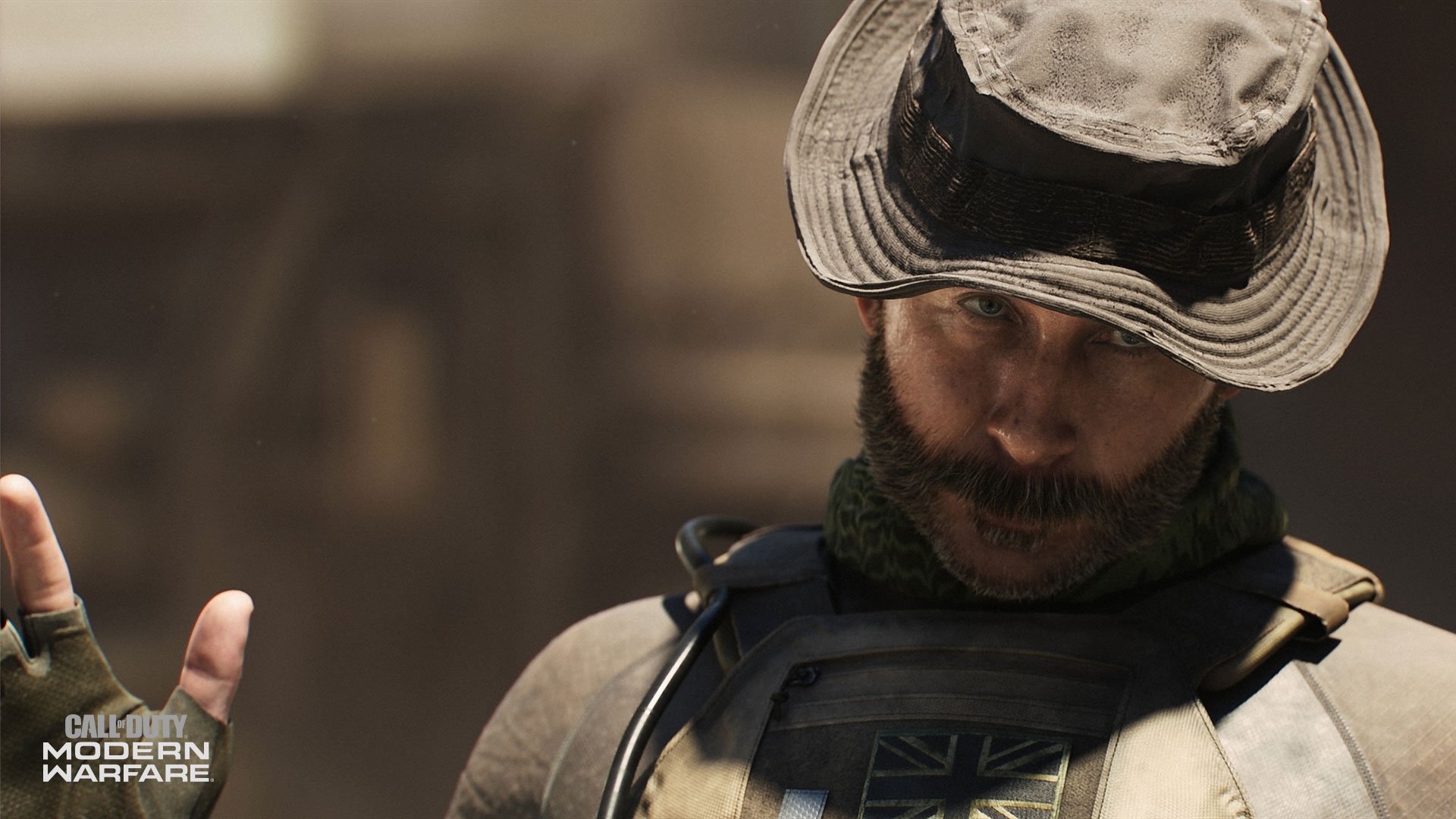
The original Call of Duty required 1.16GB of space. Call of Duty Black Ops – Cold War requires 82GB, or 125GB if you want to use the ultra graphics settings.
Cables: smaller, but still all tangled up
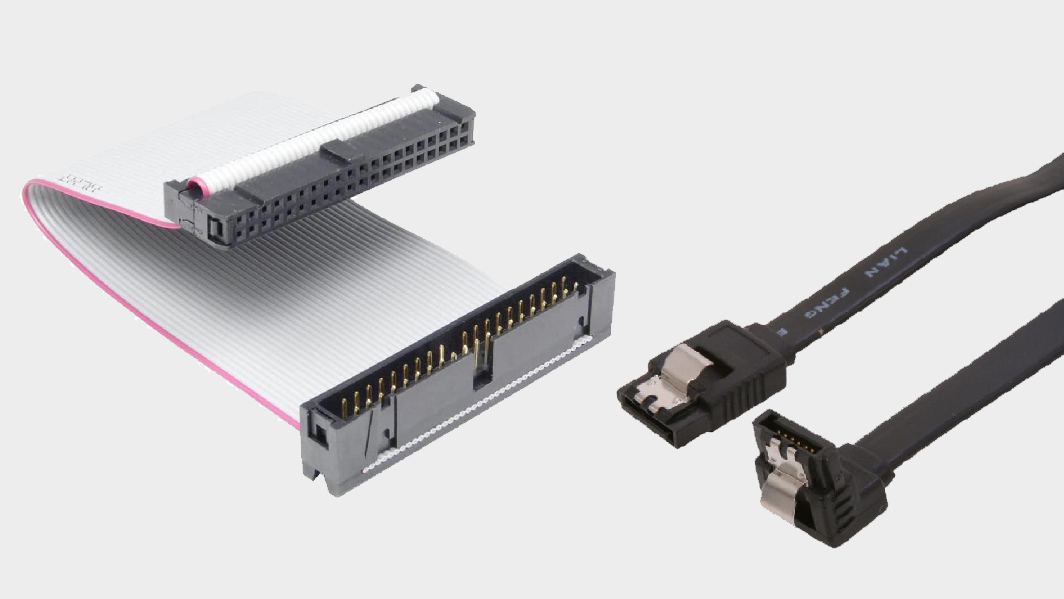
As illustrated by the difference between IDE and SATA cables, PC cables and connecters have, in general, gotten smaller—and yet cable management doesn't seem to be any easier.
CPU coolers: bigger, mostly
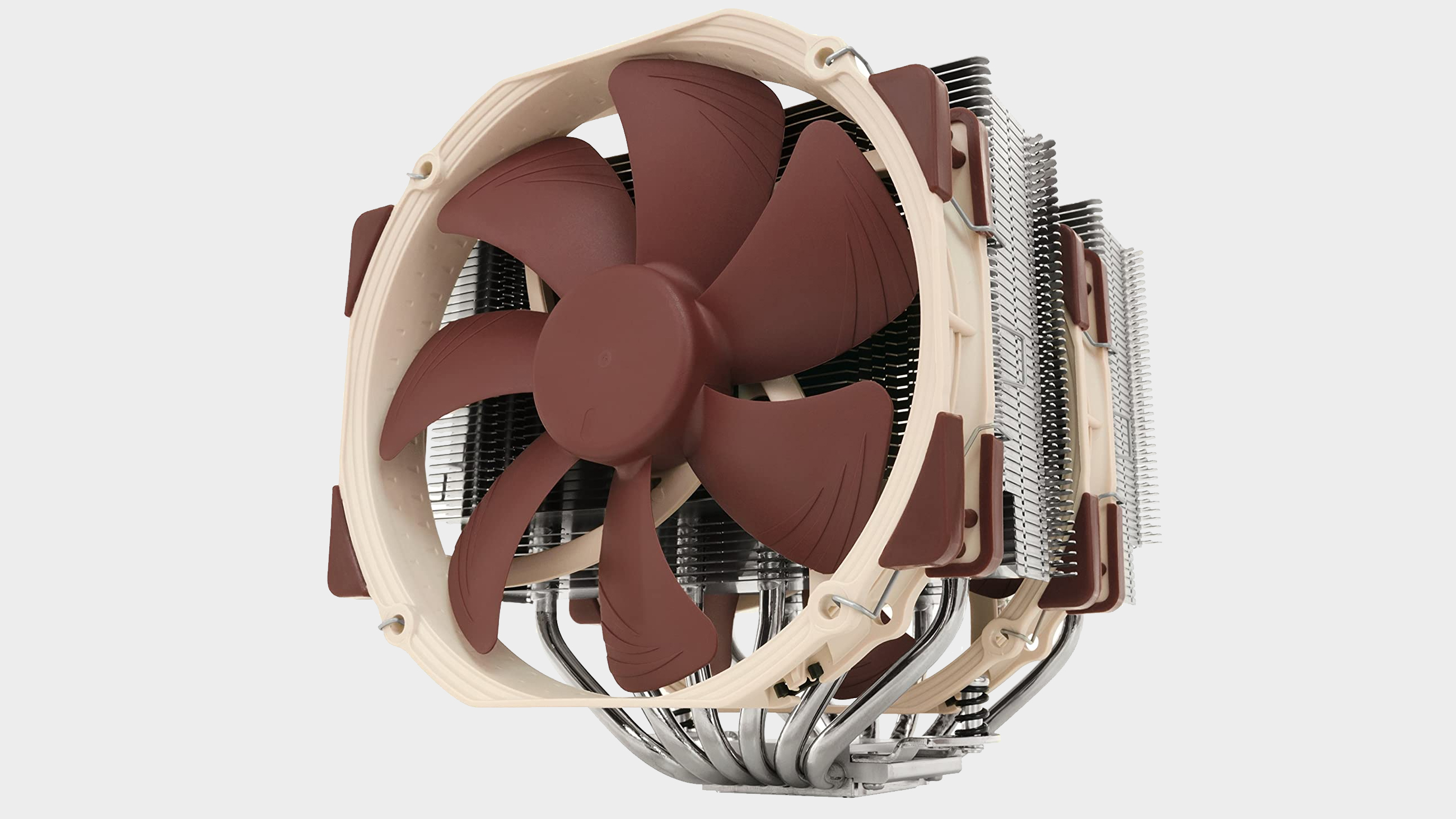
You don't need a giant CPU cooler like the one I use, the Noctua NH-D15, but they're available, as are big closed loop liquid cooling systems, so I'm calling this a partial win for team bigger—but only a partial win. Gaming laptops are getting quite thin these days, after all.
Vampires: bigger
Number of games sold on a single disc: smaller
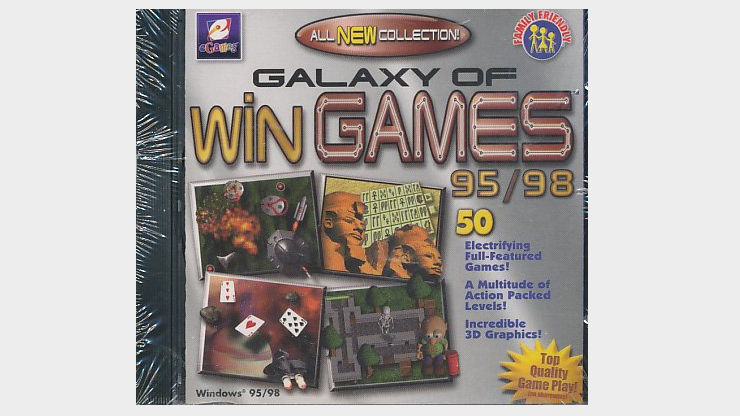
Hardly any PC games come on discs anymore, but when they do, they certainly don't come 50 games to a disc—not like the old days when one Windows 95 disc might include that many or more games, none of which you really wanted.

Tyler grew up in Silicon Valley during the '80s and '90s, playing games like Zork and Arkanoid on early PCs. He was later captivated by Myst, SimCity, Civilization, Command & Conquer, all the shooters they call "boomer shooters" now, and PS1 classic Bushido Blade (that's right: he had Bleem!). Tyler joined PC Gamer in 2011, and today he's focused on the site's news coverage. His hobbies include amateur boxing and adding to his 1,200-plus hours in Rocket League.
